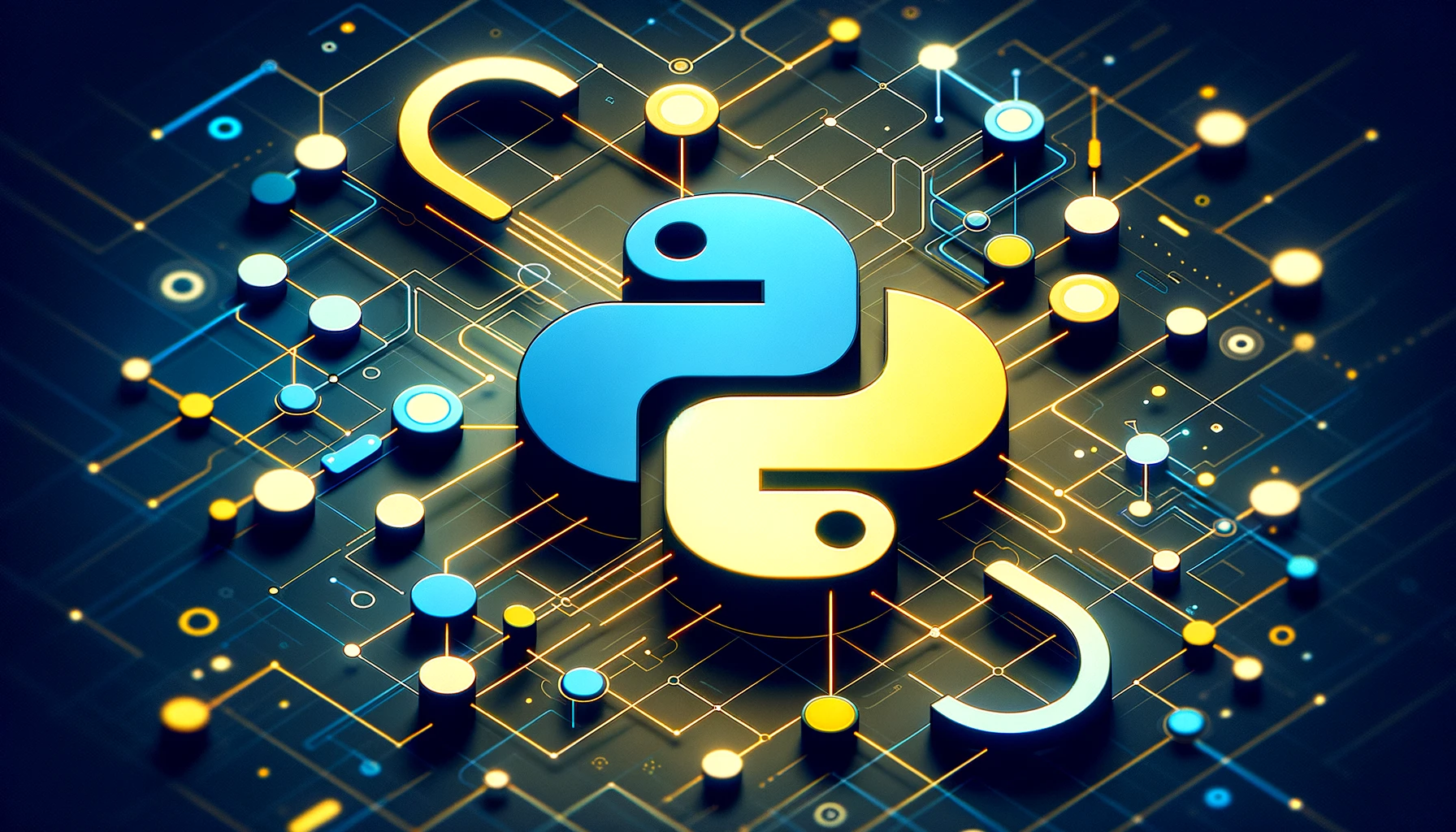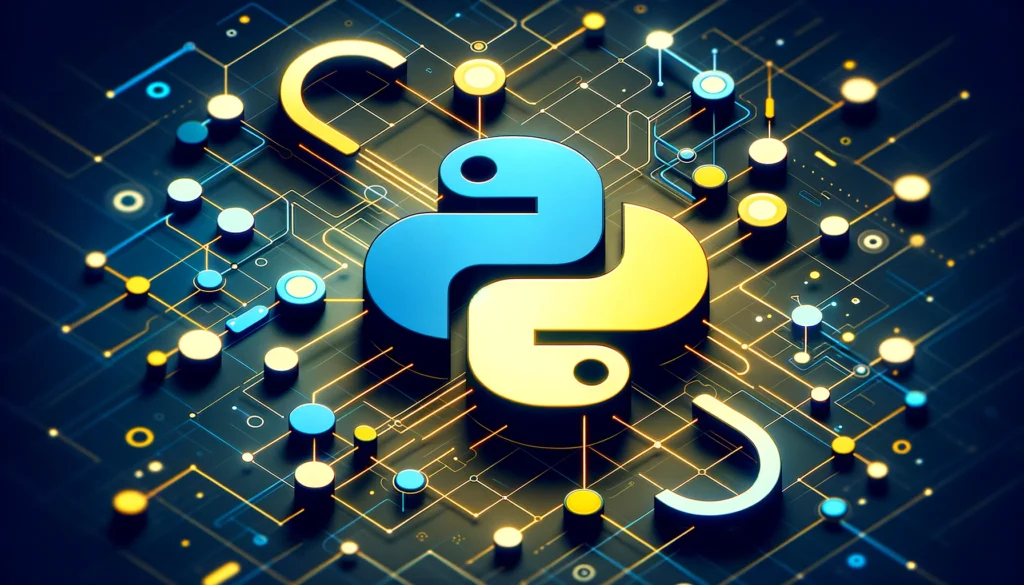Exploring Linked Lists in Python
Linked lists are a fundamental data structure in computer science, essential for an array of algorithms and applications. Unlike arrays, linked lists are composed of nodes that hold data and a reference to the next node in the sequence, creating a chain of linked elements. Let’s dive into the concept of linked lists in Python and see how they function under the hood.
# class Node:
## WRITE NODE CONSTRUCTOR HERE ##
# #
# #
# #
# #
#################################
# class LinkedList:
## WRITE LL CONSTRUCTOR HERE ##
# #
# #
# #
# #
###############################
my_linked_list = LinkedList(4)
print('Head:', my_linked_list.head.value)
print('Tail:', my_linked_list.tail.value)
print('Length:', my_linked_list.length)
"""
EXPECTED OUTPUT:
----------------
Head: 4
Tail: 4
Length: 1
"""Python Linked List Implementation
In Python, a linked list can be conceptualized as a series of nested dictionaries, with each node represented as a dictionary containing the value and a pointer to the next node.
Here is a simple example of a singly linked list in Python:
class Node:
def __init__(self, data):
self.data = data
self.next = None
class LinkedList:
def __init__(self):
self.head = None
def append(self, data):
new_node = Node(data)
if not self.head:
self.head = new_node
return
last_node = self.head
while last_node.next:
last_node = last_node.next
last_node.next = new_node
# Usage
llist = LinkedList()
llist.append(23)
llist.append(7)
llist.append(11)
# Traversing the linked list
current_node = llist.head
while current_node:
print(current_node.data)
current_node = current_node.next
This code snippet creates a LinkedList class with the ability to append new nodes and a Node class representing each element in the list. It also includes a method to traverse the linked list and print each node’s data.
Why Use Linked Lists?
Linked lists offer several advantages over traditional arrays, especially when it comes to insertions and deletions. They are dynamic, so the size can change during the execution of a program, and they can efficiently insert or delete nodes without reorganizing the entire data structure.
Understanding the Underlying Structure
When a new item is appended, the ‘tail’ – or the last node – points to the new node. This linkage is akin to having nested dictionaries in Python, where each dictionary contains a value and a reference to the ‘next’ dictionary.
Conclusion
Linked lists are a powerful tool in Python programming, offering flexibility and efficiency for various applications. By mastering linked lists, developers gain a deeper understanding of data structures, which is crucial for algorithm development and problem-solving in Python.




